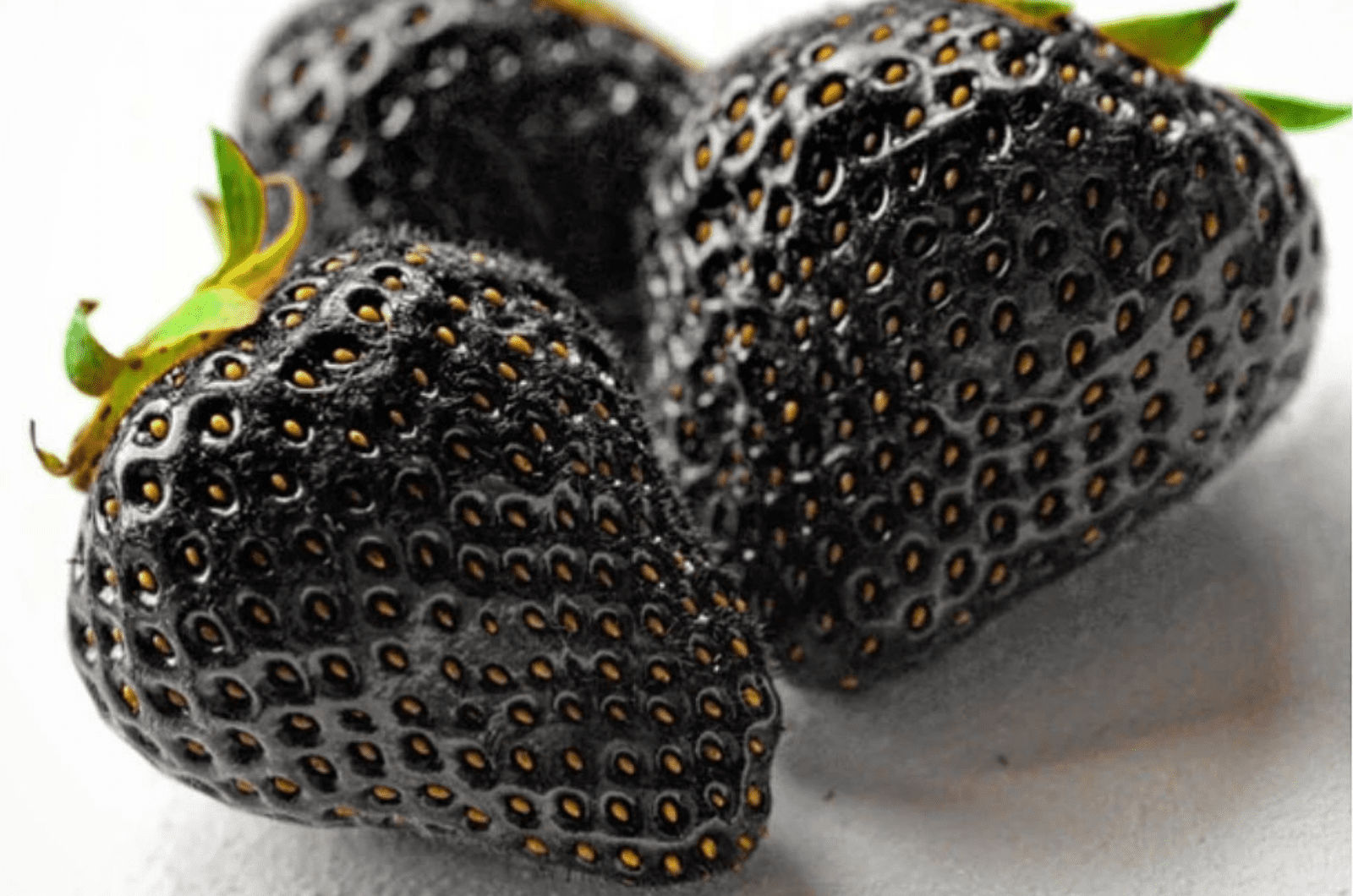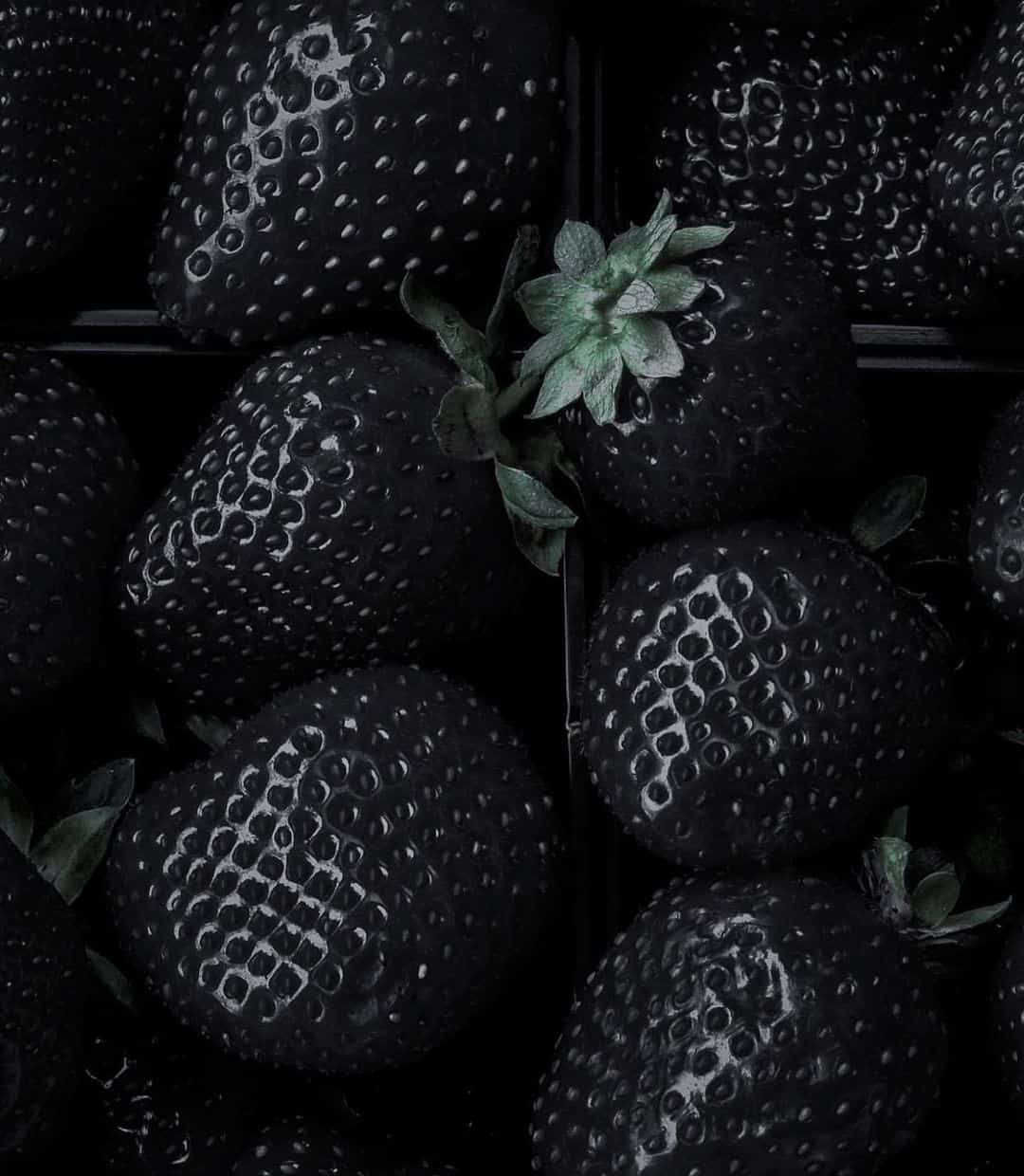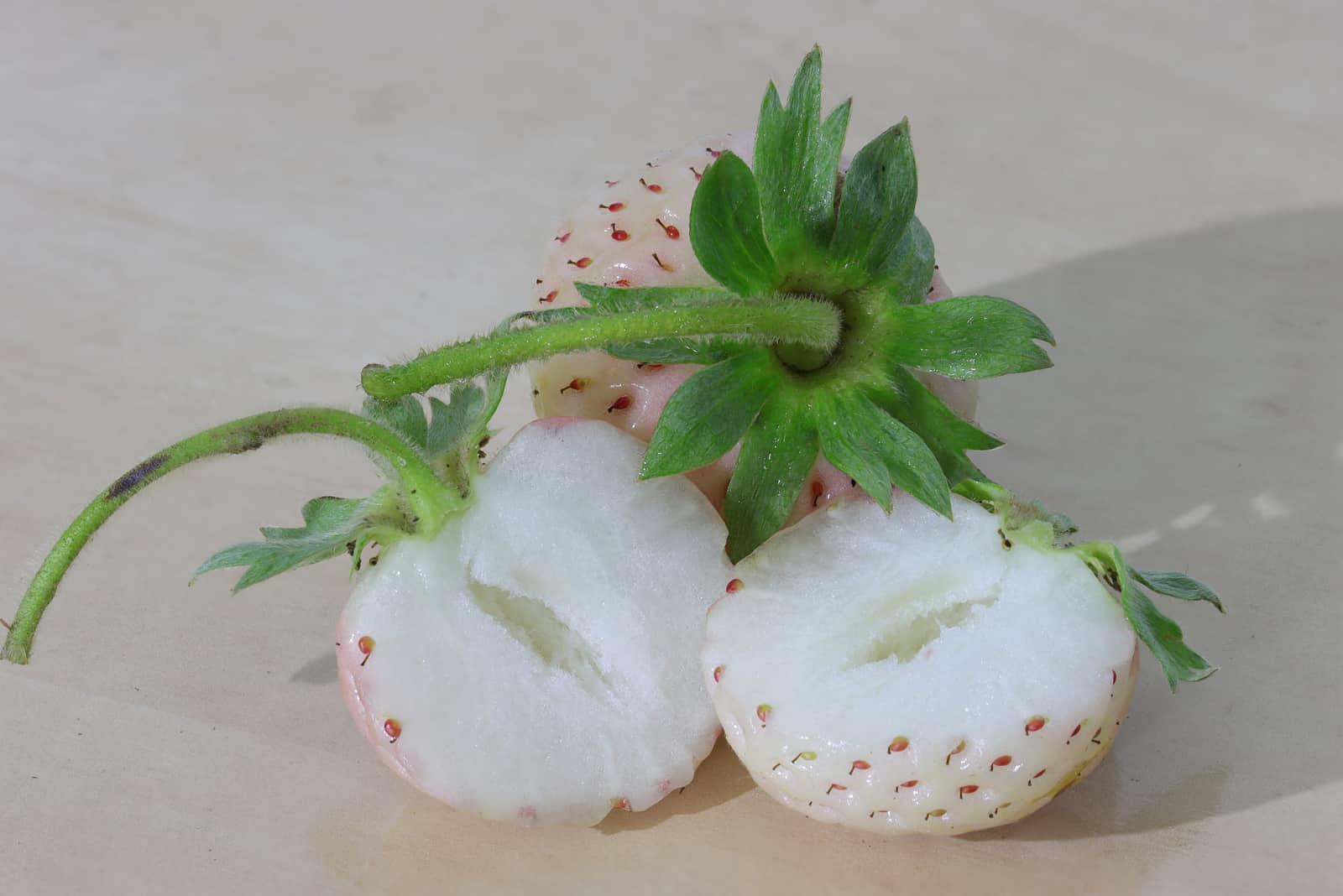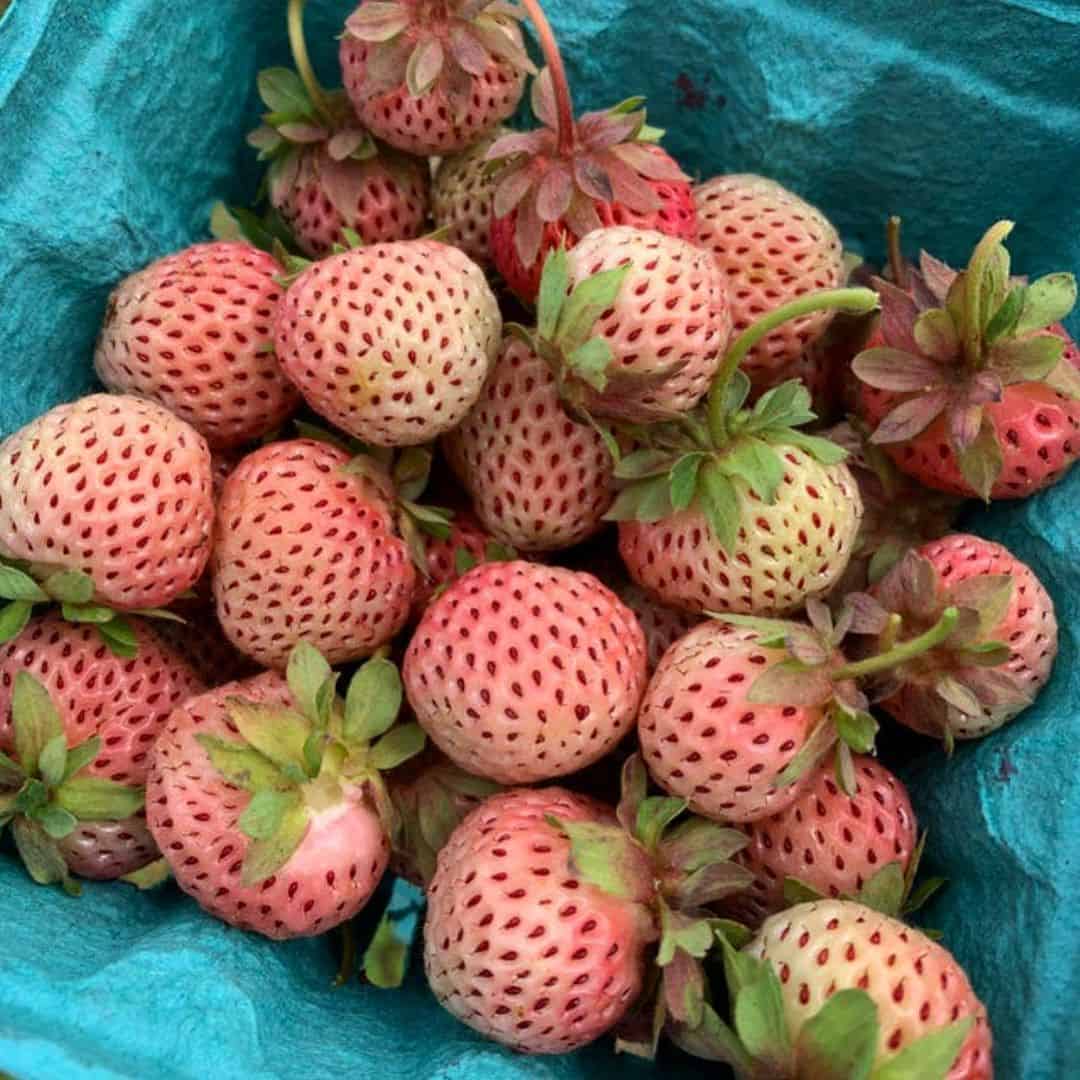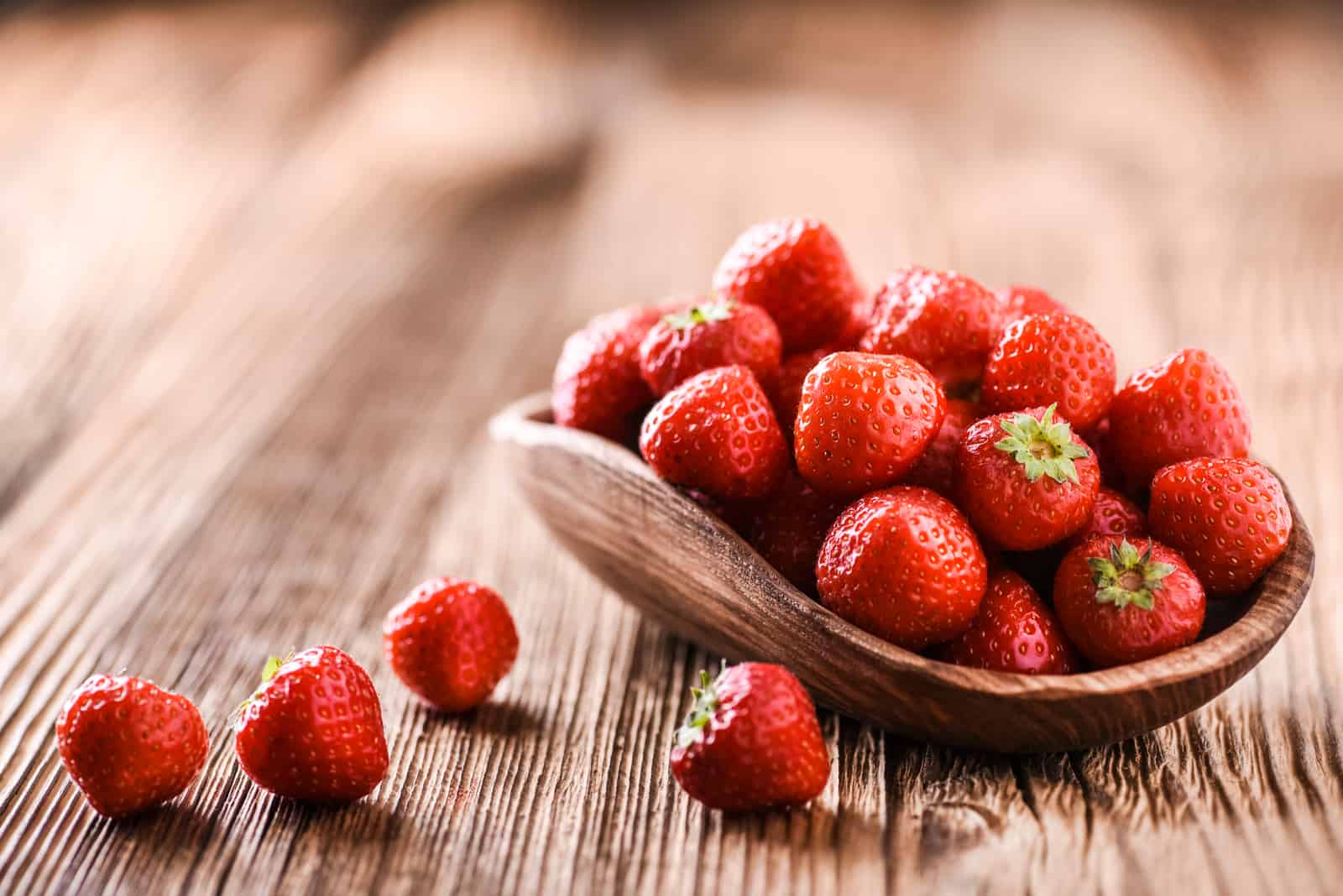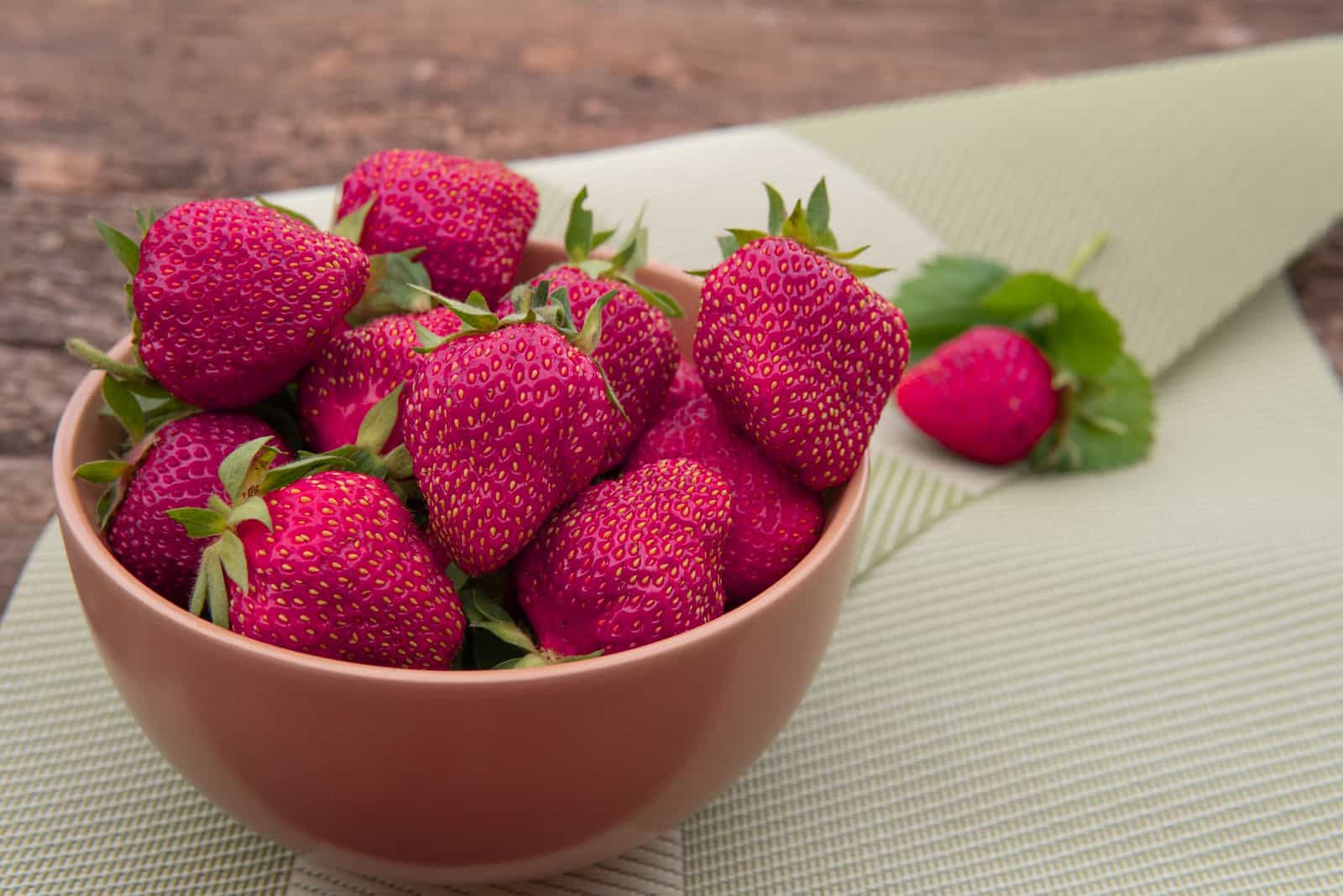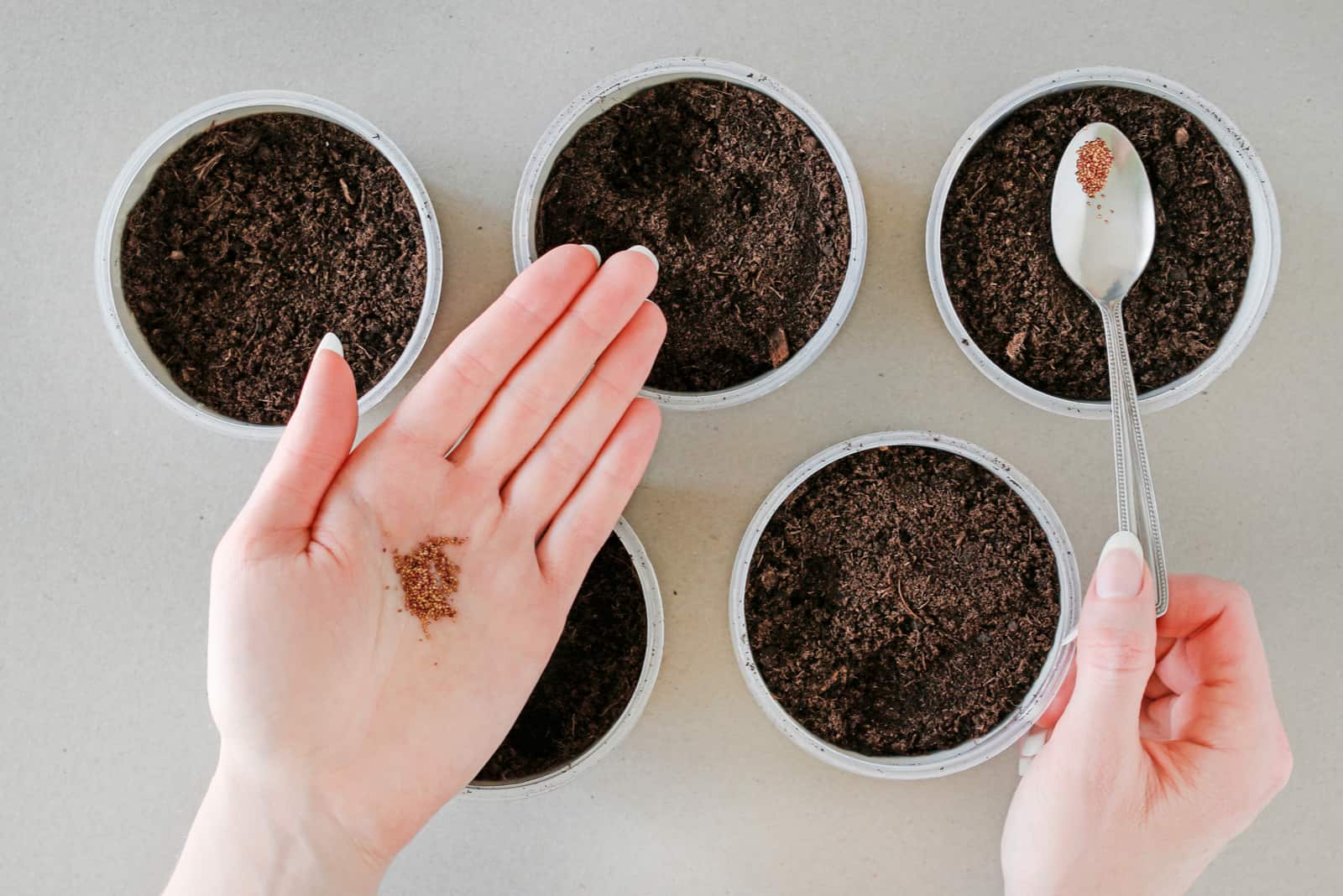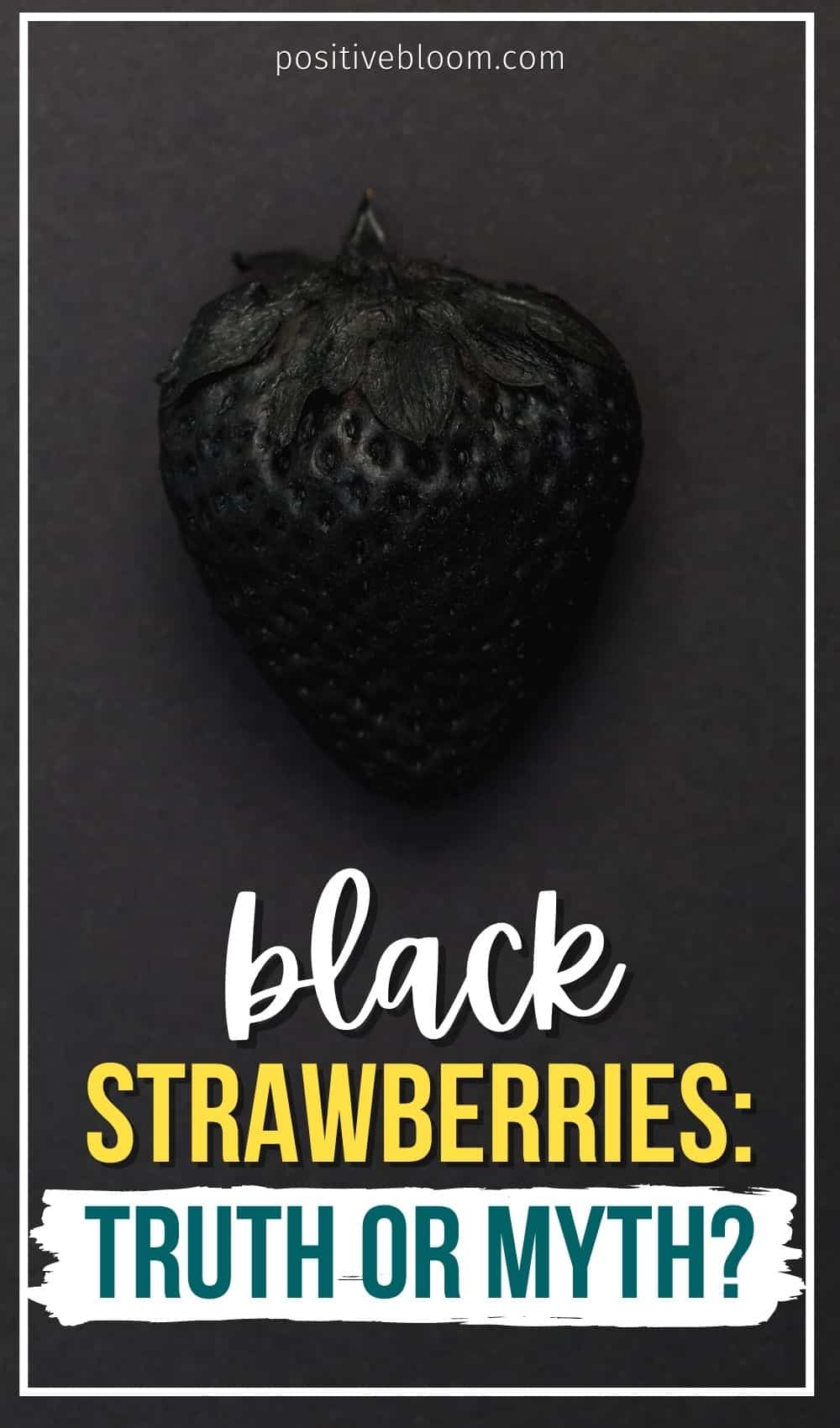You may have seen some pictures of black strawberries online and wanted to try them.
The exquisite, unusual, dark black color entices you to come to the Dark Side, but how come you have never heard of them before?
It is because the existence of black strawberries is much closer to myth than truth. Read on to discover more about black strawberries.
What Are Black Strawberries?
Photo from: @wander.in.the.dark.world
Black strawberries are a scam. The things you have been seeing online are just a scam. Dark purple or burgundy strawberries can sometimes pass for black, but natural strawberries jet-black in color are still a craftily-designed figment of someone’s imagination.
The first time the image of a black strawberry appeared online was two decades ago, when artist John Robertson used a raisin that he painted black and posted on the internet. The picture was a piece of art that caused a craze, but Robertson admitted that the picture was fake.
Recently, online sellers have offered a limited distribution of black strawberry seeds. Make sure you do not fall for it!
Black strawberries do not exist. They are a part of someone’s scheme to fool you. A dark purple strawberry might resemble a black one, but there is no such thing as black strawberries. And to add insult to injury, blue strawberries do not exist either.
What Do Black Strawberries Taste Like?
All strawberries have a sweet strawberry flavor. If black strawberries are actually dark purple, they will also taste sweet. As black strawberries do not exist, it is difficult to speculate about their flavor, but if they have been painted black they are not safe to eat.
Why Are My Strawberries Black?
If we are talking about something other than color, strawberries can be black if there is fruit rot caused by a fungus atop the strawberry fruit.
Black spots that appear on strawberries are a direct result of fungal infection.
The disease is said to be common among strawberries, but difficult to detect in time as the fungus is located in the plant or the soil.
It is caused by excess moisture or water, which causes the strawberry’s texture to become fragile, mushy, and sometimes smelly.
The fungus affects the strawberry fruit; the number of affected strawberries quickly proliferates, causing tremendous losses for gardeners.
The disease spreads via watering, handling, picking, and insects in humid conditions.
To prevent your strawberries from becoming black, you need to plan in advance. When planting your strawberries, make sure to leave some room between the beds.
Choose the place you plant them wisely, as you do not want your strawberries to sit in water in the rain. Staking strawberries is a good way of protecting them from becoming waterlogged.
To protect them from exposure to rain, use a cover or straw mulch.
Not only will mulching your strawberry plants save them from water splashing, but also from cold injury. Finally, you could also invest in a greenhouse and plant them there.
If the rotting process has already started, your strawberries will turn brown and finally black. It is even possible for a grayish, creamy, slime-like substance to appear. Remove the affected strawberries, and if the rotting continues, your best bet would be to purchase a fungicide.
Other Colors of Strawberries
Strawberry varieties come in only four colors: white, red, yellow, and purple. They are all oval-looking, have broad shoulders narrowing towards the bottom, and seeds or achenes dotting the outside flesh. Each variety is a story in itself.
Let’s take a look at some basic facts about these types of strawberries.
White Strawberries
White strawberries belong to the Fragaria genus, a subtype of the Rosaceae family. There are many subtypes of white strawberries, such as Albicarpa, Pineapple, White Delight, and White Soul. Nowadays, they can be found all over the world.
White strawberries are pale white inside with deep red seeds or achenes.
Their unusual color originates from the lack of pigmentation, or protein of Fragaria allergen or Fra a1, which is responsible for the ripening of immature strawberries. When ripening, small oval-shaped green strawberries become white, pink, and then finally red.
White strawberries, lacking in Fra a1, never turn pink or red. However, a great thing about them is the fact that protein Fra a1 is the main culprit for strawberry allergies, so if you are allergic to strawberries, eating white strawberries should do you no harm.
They are said to be even sweeter than red strawberries, and also rich in antioxidants. It is rumored that they boost your immune system and reduce inflammation and stress. They are also apparently an excellent remedy for treating a hangover, but we haven’t tested that theory yet!
Downside: They are a bit on the expensive side and extremely popular in Japan, where they are cultivated for their niche market. But they are becoming more readily available for a larger audience.
Yellow Strawberries
Photo from: @nbochler
Saying that yellow strawberries are tasty is an insult to this sun-kissed, perennial, fragrant, and delicious fruit. They are rare and fragile, so they are served only in the finest restaurants.
They can be potted in containers as they don’t spread. The most famous variety is Pineberry, which tastes like pineapple and is grown in Africa.
Red Strawberries
While yellow strawberries are rare, the red varieties are the most common. They are the dominant genus, so you have probably tasted them before. They come in different subtypes, and their proper planting and propagation depend on the area you live in.
What you might also be familiar with is Alpine Fresca, or the alpine strawberry. They grow in clumps and do not produce runners, so many people like to plant them in their home gardens. Tasting them will create a new meaning of sweetness in your mind, not to mention your taste buds!
Purple Strawberries
People concerned about genetically-modified food needn’t worry, because purple strawberries were naturally cultivated at Cornell University. They are sweet and fragrant, but not great runners. They resemble yellow strawberries in that aspect, as they are ideal for potting.
If they are extremely dark, purple strawberries may pass for black strawberries, but black strawberries do not exist (unless you take a red one and paint it black).
Even when purple strawberries are dark, they will never be jet-black like in the fake pictures circulating online. Their color varies from pale purple to burgundy. The color of the strawberry plant might be different from the color of the parent plant.
Purple strawberries grow from seeds that are not commercially available, so steer clear from anyone offering them. Purple Wonder is the only variety available on the market.
Seed-Scammers
It could be interesting to have an exotic plant like black strawberries, but sadly they will always be a scam.
Many scammers offer pictures of different rare strawberry seeds. Apart from the traditional ones, there are black, green, and brown – you are spoilt for choice. Their scammers’ offer is supported by pictures of successfully grown or picked strawberries.
These are all fake pictures – one of the downsides of the Internet.
One of the reasons why scammers get away with their scams, apart from victims’ ignorance, is that strawberries take time to grow.
When planted, they produce white flowers that later turn into bud-like small green fruit. By the time you notice that your strawberry has become an ordinary red, the fraudulent sellers have disappeared and moved on to something new.
Also, because there are cherries, blueberries, blackberries, raspberries, gooseberries, and all sorts of berries, people are convinced black strawberries must also exist.
We witness the emergence of new crossbreeds all the time, and it’s not a stretch to think that someone might have done the same with black strawberries.
Unfortunately, victims rarely file a report because online shopping websites such as eBay or Amazon often don’t take legal action.
Even if they do, eluding identity verification can be easy for tricksters. They simply advertise on new websites, and the cycle starts all over again.
In addition, being fooled is one thing, but being fooled so that everyone knows about it is quite another. It is not something people like to boast about.
Of course, there are trustworthy websites where you can find a list of nurseries selling legitimate strawberry seeds.
Unless you are being offered red fruits, white or yellow (purple is really hard to obtain), you are almost certainly on the verge of becoming another victim of the scammer.
Conclusion
Do black strawberries exist? In a nutshell, no. Black strawberries do not exist, and neither do blue strawberries.
So far, growing strawberries has produced red, white, yellow, and purple strawberry fruits.
So, take heed of our advice: no matter how delicious-looking a strawberry might be online, if it isn’t one of the four-mentioned colors, steer clear!
Do not let someone else convince you otherwise.
Until next time!
Like this post? Please share or pin it for later!

